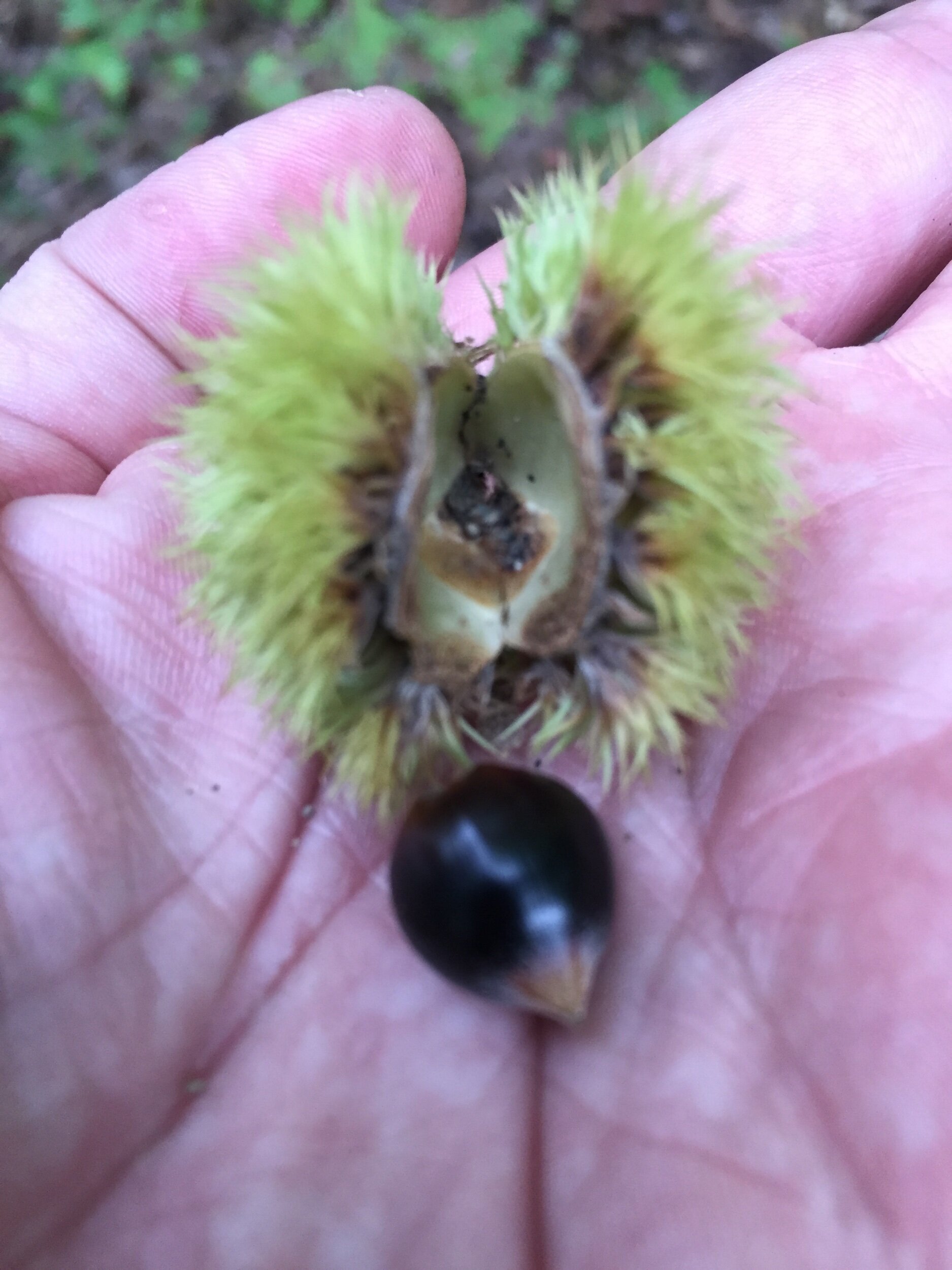I’ve been sharing with you a little about my experience homeschooling, and you know I’m always making this mental comparison with things from the past. This education-experience is no different.
Just a few weeks ago I wrote here comparing modern schools to education down through history and noted how much of education in the past came through the home and from parents. Even understanding that historical model, it’s hard to tear myself away from what I know of school – textbooks and teachers, homework, tests and written answers. But all of the world is certainly a classroom, isn’t it?
I have a growing circle of experienced homeschooling moms, and I hope some of y’uns will comment on this because I certainly recognize my inexperience. They are well aware of the extensive resources available to them. Sometimes that’s a museum or library, and other times it’s a walk in the woods.
As I open my eyes (and pray moment-by-moment for wisdom, I’m realizing there are lessons around every corner.
Caleb had a reading assignment that talked about the Jewish New Year, and of course he had a lot of questions about it. In the story, a family immigrated to America from Russia and they missed the holiday traditions in their homeland. So we skyped with my dear Israeli friends and they told us all about their celebration just days before, even showing us some of the foods they had left over – how I wish we could’ve visited in-person and tasted some of those!
We’ve been learning about evergreen versus deciduous trees and Daddy took a walk with us teaching what kinds of trees grow on the Plateau. We collected acorns and talked about how Native Americans were able to use them as food – and the cleansing process necessary to make them safe.
Science lessons on cold-blooded animals led us to the Tennessee Aquarium – but could just as easily have landed us alongside the pond with rods and reels in hand (now that I think about it, I can’t believe my husband let a perfectly good fishing opportunity pass him by!).
Ruthie is always eager to help in the kitchen, and as I was telling you last week, I try to take every opportunity to teach the recipes and techniques Grandma taught me. (And I hear Grandpa’s voice echoing in my head, “When you’re old enough to actually help, you won’t WANT to help.”)
We’ve just gotten a sewing machine for Ruthie and she has big plans to make clothes for herself and everyone around. Thankfully (for my limited seamstress-skills), I have a dear friend who’s already volunteered to spend time with her and the machine.
Most all children are faced with the task of learning to read, write and count. In years past most also learned to care for animals, cook meals and raise food, but those skills are diminishing these days. I certainly hope I can give my children the computer training, foreign language skills and higher math they will need in their 21st century life while also instilling the 19th century abilities that will see them through any unexpected circumstances they may face.










